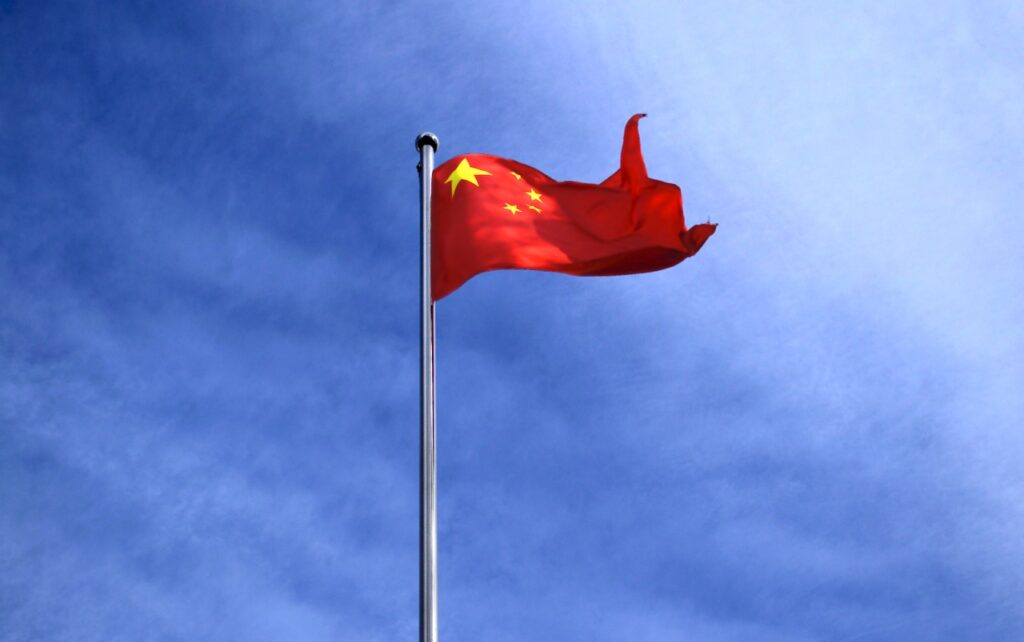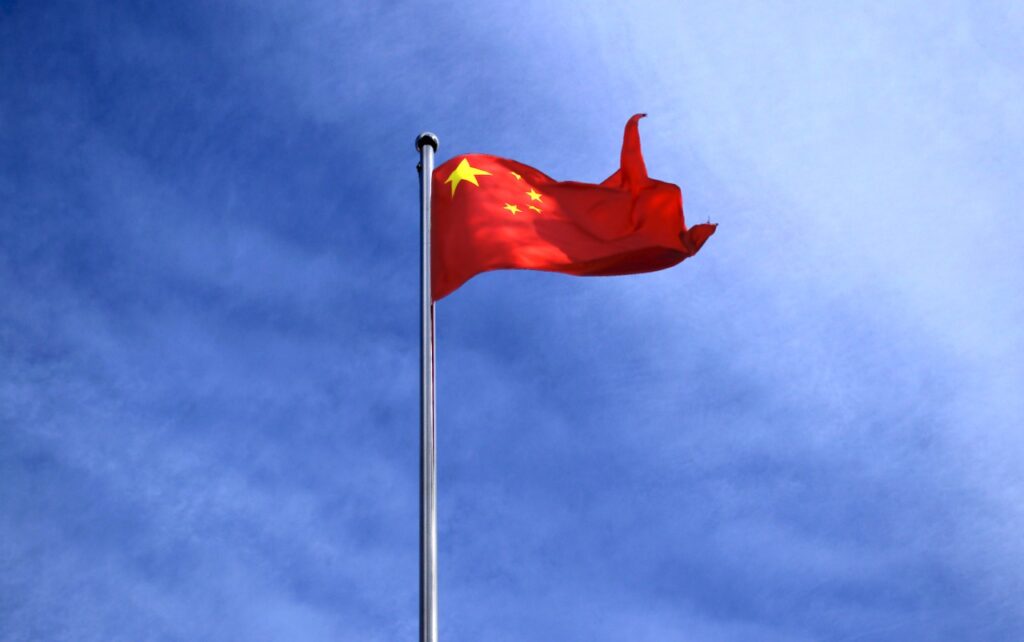The current crisis of Chinese P2P platforms at first sight looks like an isolated and distant problem for most people. Looking closer though there are at least two important lessons to be learned that affect many in the global financial industry and beyond.

Occupy Wall Street 2.0?
Yesterday the Chinese authorities moved and locked down the Financial District in Beijing in an attempt to prevent demonstrators entering the area to protest because of the current crisis of peer-to-peer platforms in China. A strong police presence locked down the financial district controlling all entrances, reporters in the FT write, as the government fears a backlash of investors against the regulators that are accused of having turned a blind eye for too long. While the Chinese efforts were so effective – only a small number of protesters managed to enter the area though large numbers had promised to turn up and the few were swiftly arrested and removed – it brings back memories of Occupy Wall Street during the Global Financial Crisis of 2007/2008 when the meltdown of the financial industry caused angry public reactions.
P2P made in China
The current crisis is unlikely to threaten the global economy at a similar level as the GFC, but the impact is extremely significant for Chinese savers and to an extent very relevant to the rest of the world.
The P2P sector in China is said to be valued close to $200bn, at least at some stage as millions of investors poured their money into these platforms over the years for a lack of alternatives and chasing a sizeable return. Many of these are small investors, i.e. average Chinese people in a country of more than 1.3bn. At its peak the Chinese P2P boom counted almost 4,000 platforms, which is now closer to 1,500 following the recent round of defaults. The FT reports that over 200 platforms experienced “problems” in July alone. The are multiple reasons for these difficulties: the one that has caused the Chinese police to lock down the Beijing Financial District is that the regulators are not without blame and that investors could vent their anger at them. China’s alternative finance sector had been one of the least regulated for many years in comparison to other jurisdictions, contributing to the inflation of platforms. However, about two years ago the authorities decided to clamp down and introduced rules to tackle scams and fraudulent behaviour. This in turn also proves difficult to comply with for many other firms that may not be conducting illicit activities but that nonetheless got into trouble. Estimates go as far to say that we might see a consolidation to about 200 firms by 2021 according to a report by the China International Capital Corporation Limited(CICC) because of the increased regulatory obligations. Add a large number of fraudsters operating in this space plus overall deterioration of economic conditions and you have a perfect mixture for a large-scale crisis that has costs Hundreds of thousands of small family investors across China a large part of their savings.

Two lessons
What is in a sense remarkable – as sad as it is – is that the direct impact is paltry compared to the overall size of the Chinese $10 trillion shadow-lending system or the size of the Chinese financial market, that is supposed will match that of the United States in 2025. And we are talking about almost $200bn in the current crisis. So, the sheer size of the financial services industry of China results in a crisis of such dimension even if it – with all due respect to P2P lending – affects a relatively small sector within the entire industry.
Banks understand this and it is the reason why HSBC, for example, has allocated most of the $15-17bn of its three year investment plan on upgrading technology in its Hong Kong and China retail operations. Its CEO, John Flint, said in the FT that “we have to be investing now for the opportunities in China”.
In consequence we have our first reason to care about events in China that seem less important since even though it may affect only a small slice within the larger overall Chinese financial system that is four times the size of the whole Greek economy, which has caused European decision-makers a lot of headaches a few years ago and put the Euro on the brink. China will simply because of its size be important, so it should be something we need to care about even if it seems far away or not relevant.
The other lesson is another example of under-regulation building the foundation of a financial crisis together with the damaging effects of over-regulation that can smother an entire sector. The first comes in a long line of examples of financial scandals culminating as recently in the GFC. The second with fewer recent examples – though the Italian eagerness to regulate the P2P market springs to mind – but all the more relevant with the wave of innovation that is rolling over the financial industry. FinTech regulation is a delicate balancing act and China has not only with regard to P2P lending but also in respect of other areas like Blockchain and Crypto currencies put its foot down. Is this how it is going to be or will China change its course again? In any case it is very relevant in terms of regulatory symbolism and another aspect we should very much be interested in.
